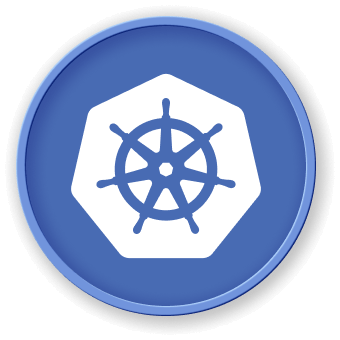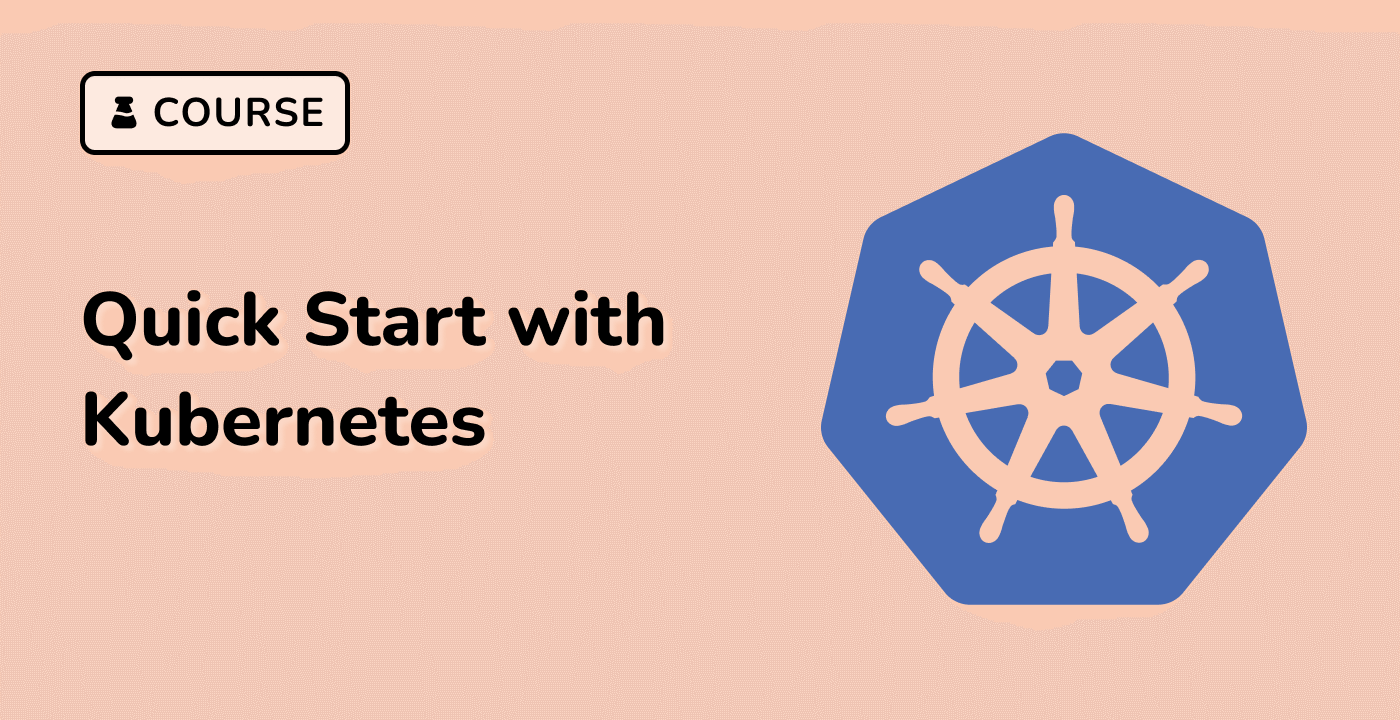Kubernetes Essentials
Introduction to Kubernetes
Kubernetes is a powerful container orchestration platform designed to automate the deployment, scaling, and management of containerized applications. As a cloud-native technology, it provides robust solutions for managing complex distributed systems across multiple environments.
Core Concepts
Container Orchestration
Kubernetes enables efficient container orchestration by managing container lifecycles, ensuring high availability, and optimizing resource utilization. It abstracts infrastructure complexities and provides a unified platform for application deployment.
graph TD
A[Container] --> B[Pod]
B --> C[Deployment]
C --> D[Kubernetes Cluster]
Key Components
| Component |
Description |
Function |
| Nodes |
Physical/Virtual Machines |
Compute resources |
| Pods |
Smallest deployable units |
Container groups |
| Services |
Network abstraction |
Traffic routing |
| Deployments |
Application management |
Scaling and updates |
Practical Example: Basic Deployment
Ubuntu 22.04 installation and configuration:
## Install kubectl
curl -LO
sudo install -o root -g root -m 0755 kubectl /usr/local/bin/kubectl
## Create simple nginx deployment
kubectl create deployment nginx-demo --image=nginx:latest
kubectl expose deployment nginx-demo --port=80 --type=NodePort
This example demonstrates a basic Kubernetes deployment, showcasing how easily containers can be managed and exposed using kubectl commands.
Architecture Overview
Kubernetes operates through a master-worker architecture, where control plane components manage cluster state and worker nodes execute containerized workloads. This design ensures scalability, resilience, and efficient resource management in cloud-native environments.



